A Sustainable Chemistry visit to Chengdu
Travel report Eric Schuler
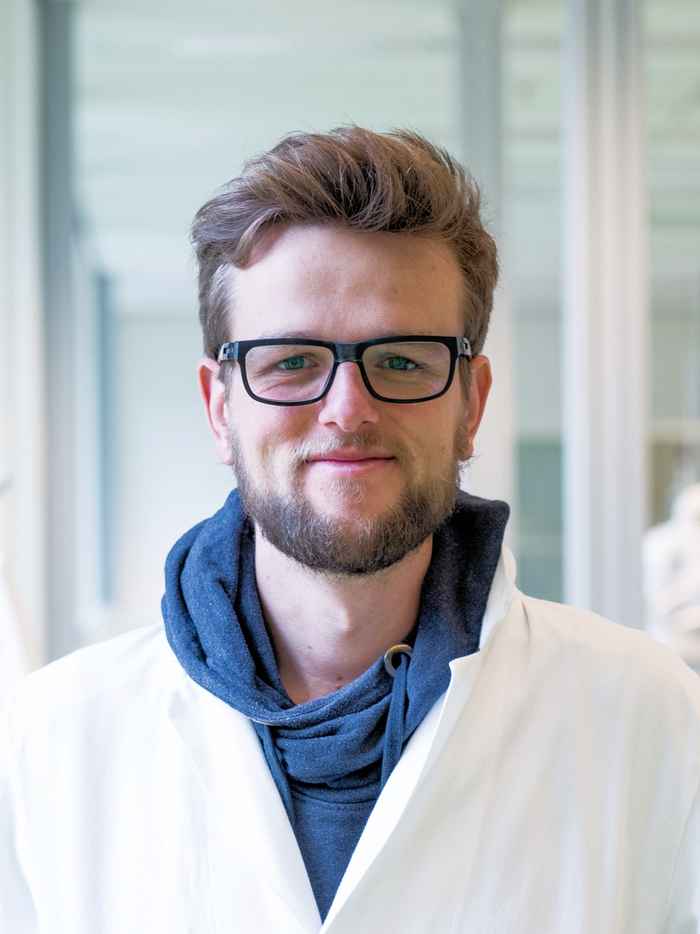
After finishing my Bachelor in Biochemistry in Germany and working in Australia for a year, I started studying at the UvA in 2015. My masters track is Science for Energy and Sustainability - a topic I always had a passion for. Thus I participated in the essay competition of the Research Priority Area Sustainable Chemistry and the Van ‘t Hoff Institute of Molecular Sciences (HIMS). Luckily the committee liked my work on sustainable alternatives to Bisphenol-A so I won a scholarship for a research trip to Chengdu. In the latter I was warmly welcomed by former HIMS director Professor Aart Kleijn and the people in his institute.
Plasma-catalytic CO2 conversion
I worked on a joint research project facing the challenges of carbon dioxide conversion with plasma catalysis. The idea of the collaboration is to prepare and characterize catalysts in Amsterdam and then implement and test them in the plasma reactors they have in Chengdu. We would both like to develop new catalysts, but also gain a deeper understanding of what is going on in the plasma, on the catalyst and how the plasma changes the catalysts properties.
PhD student Maria Ronda Lloret and I first prepared and characterized catalysts under the supervision of Professors Shiju and Rothenberg. Furthermore we developed a new method to implement the catalysts in the plasma reactor.
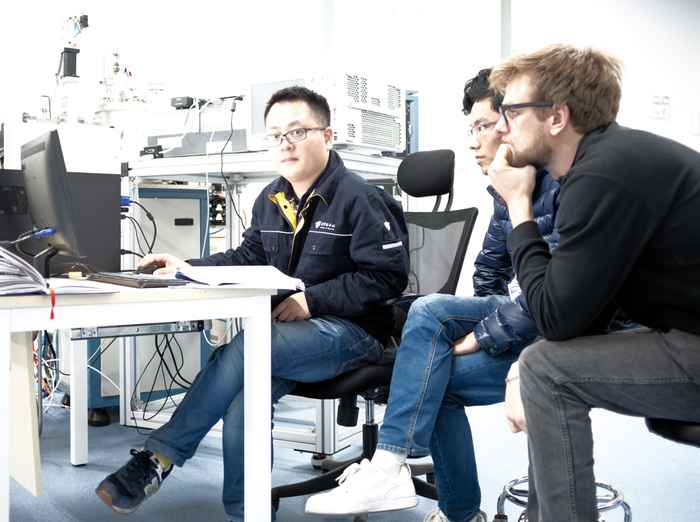
After the two months of preparation in Amsterdam I packed my things and flew to Chengdu where I was the first student visiting. Due to this fact, many things didn’t work as expected or turned out differently. This means I spent a lot of my time on setting things up. I explained the related chemistry and lab procedures on how to make catalysts to my colleagues in Chengdu. Most of them are physicist of physical chemists. On top of that I found a plain white, never used wet-lab which I equipped and started using with my colleague. In return I learned a lot about plasma physics and chemistry but also the Chinese mentality, work life and bureaucracy.
The Center of Interface Dynamics for Sustainability
Throughout the whole time in China I was working at the Center of Interface Dynamics for Sustainability (CIDS) which was founded in 2013 and is led by Professor Aart W. Kleijn. It has its own laboratories on the Yinhe596 campus which is named after Chinas first successfully detonated atomic bomb. The site belongs to CIDS’ head institute, the Chinese Academy of Engineering Physics and partly is still under construction. Many other institutes mainly working on Laser Physics, Tritium distillation and 3D metal printing are located on the sites with many more expected to move in.
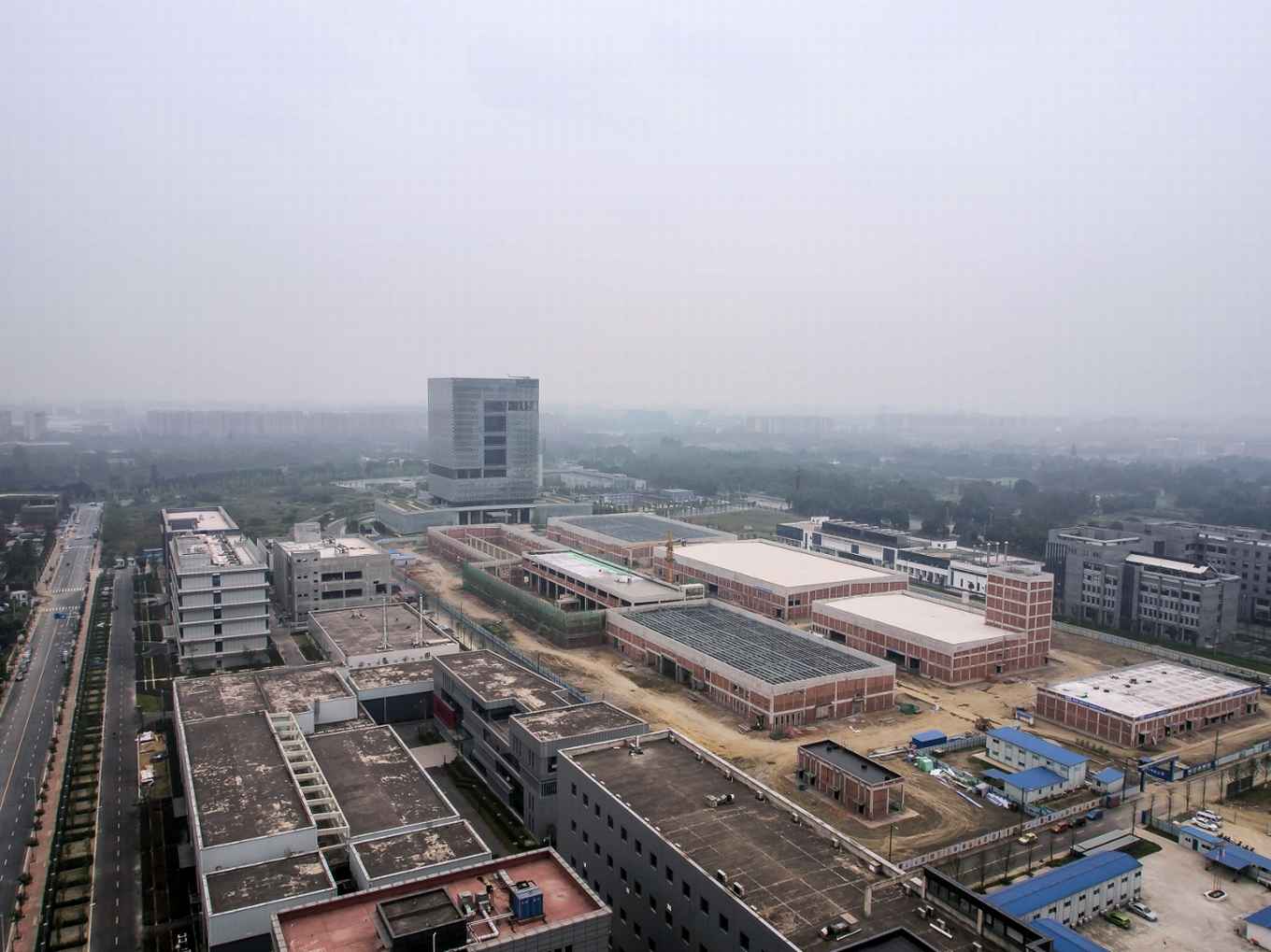
However, as just a few buildings are completed and just half of them are vacated, the campus often felt like one of the famous Chinese ghost towns. I lived with my colleague Diyu, who just moved for me in an 80sqm apartment on site. All workers or students are provided with one of these flat and rent is quite cheap for them. Nevertheless, apart from working and eating there is not much to do and being located at the boondocks of Chengdu makes expenditures to downtown impossible during the week – at least until the new subways line will be in operation late 2017.
Chengdu and its surroundings
On the weekends, I got to discover Chengdu, the capital of the Sichuan Province in south west China. It has a population of roughly 18 million people but only an area of Berlin. Sichuan province is especially famous for its cuisine which is rich in flavour and quite spicy. Dishes such as Sichuan Hot-Pot, Mapo Doufu and the fired Duck- and Rabbit heads are tasty delicacies.
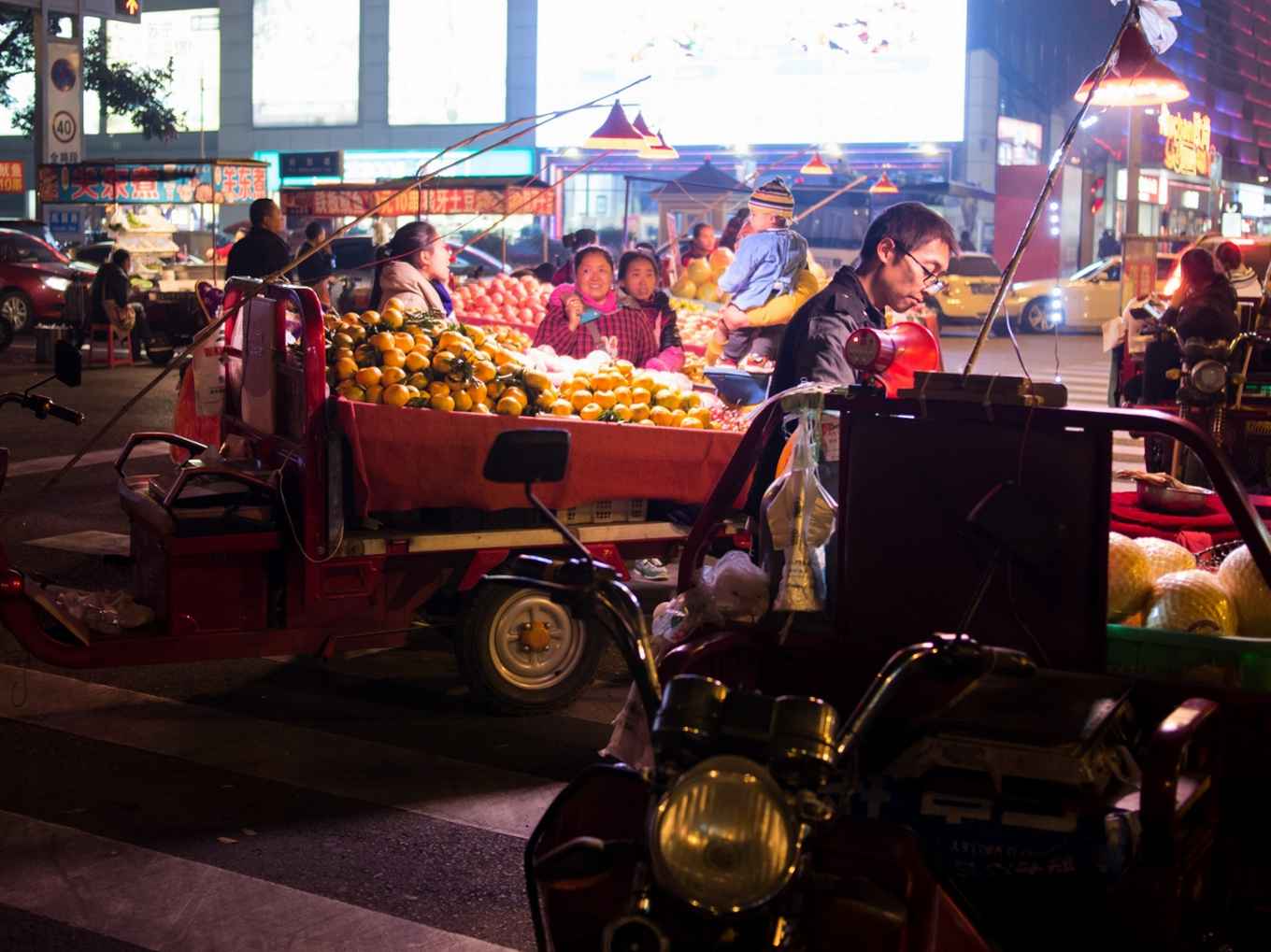
The Sichuan pepper, their most famous spice leaves a numb feeling in the mouth but creates a whole different kind of spiciness in combination with red peppers. Besides food, people do also admire high class tea for which they often spend much more in a restaurant than we would on a glass of nice wine. The tea ceremonies in the old tea houses are something special though and worth a try.
Panda bears are probably the most popular attraction for tourists in Chengdu. In the Giant Panda Breeding Centre where most of the world’s pandas are born one can watch them enjoy their lives in spacious enclosures. It is a whole zoo and probably the best place to watch these lazy creatures in captivity.

The Himalayans and the west and some smaller hills in the east are surrounding the greater city area and make for some good weekend trips. On Sundays I went mountain biking with Diyu, Aart and his bike riding group in the hills east of the city.
In the west and south one can find the holy mountains Emei and Qingshen. These are covered with beautiful temples and very popular amongst Chinese tourists. As they are connected to the high speed-rail one can reach them easily from Chengdu.
Especially the giant golden Buddha statue on top of Emeishan is an impressive treat after 50 kilometres and 3500 meters of climb to reach the top. Cheaky monkey cover the way to the top which follows narrow canyons and steep rock faces and makes for a great hike. Conversely the air pollution was maybe amongst the only things that really bothered me. Especially in December it was really bad so that I couldn’t do any sports and rarely saw the sun because of the smog or the foggy weather which is typical in Chengdu.
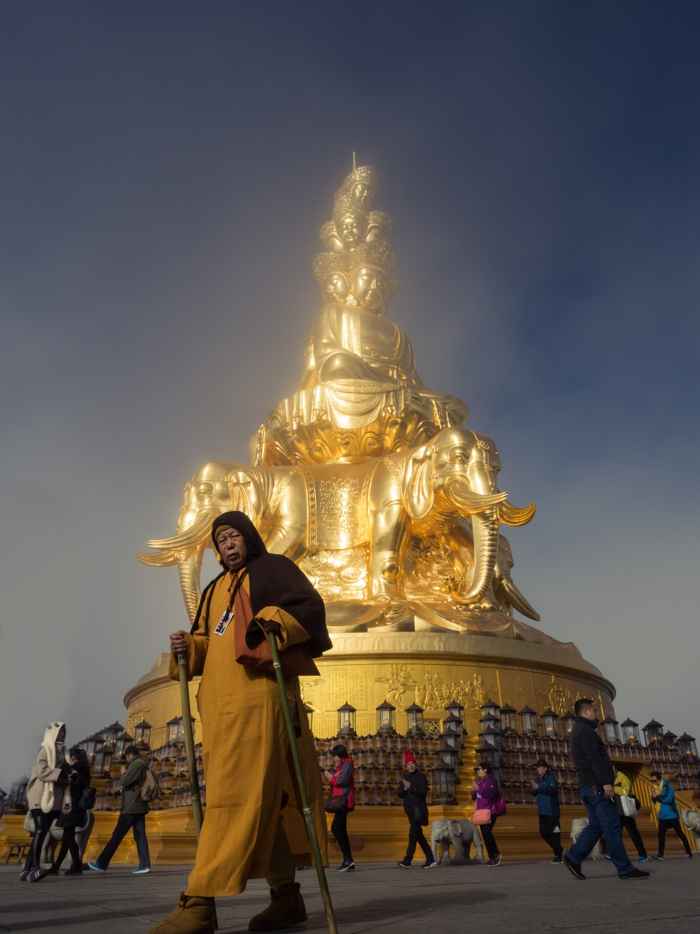
During my time in Chengdu I wrote a diary and tried to describe the things I experienced or observed. This of course gives just a narrow and subjective view - although I would always read articles and talk to my Chinese friends, colleagues and internationals I met. So, if this little introduction has made you curious you can go on reading my full diary with many more pictures and stories as a PDF file or on my blog, both linked below.